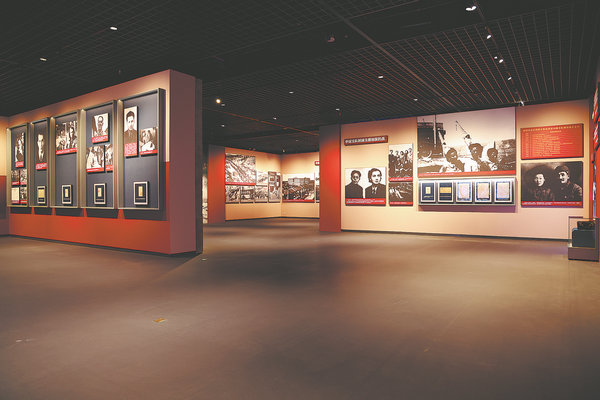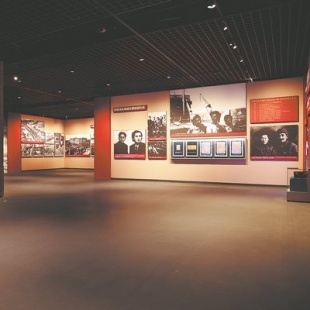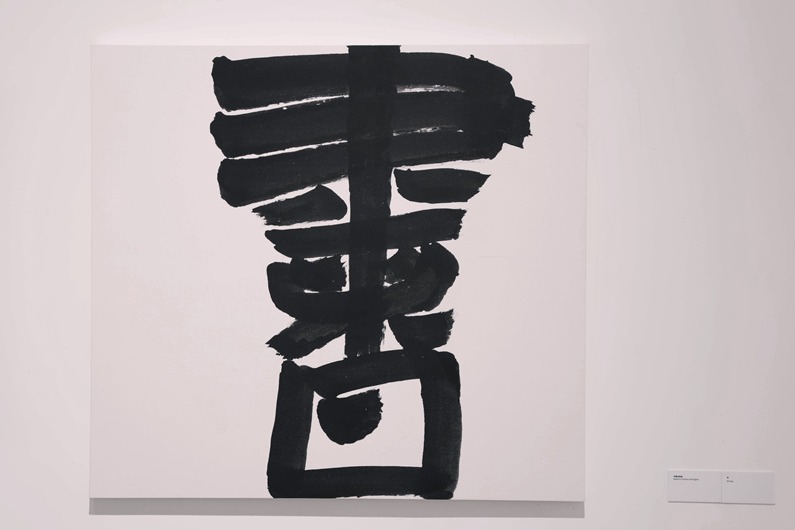Shared struggles and a common cause: China and Spain's wars against fascism


This year marks the 80th anniversary of the victory in the Chinese People's War of Resistance Against Japanese Aggression (1931-45) and the World Anti-Fascist War. A landmark exhibition in Beijing is now providing a poignant backdrop, unveiling the profound and little-known historical ties that have long connected the Chinese and Spanish people in a common fight against fascism.
The exhibition, For a Common Cause: From the Spanish Battlefield to China's War of Resistance Against Japanese Aggression, opened on Aug 15 at the Museum of the Communist Party of China in Beijing and will run through the end of this year.
The exhibition is structured into four parts: The International Brigades Fighting Alongside the Spanish People, The Chinese Contingent in the International Brigades, From the Western Front to the Eastern Front, and Eternal Remembrance. It uses more than 260 photographs, 150 cultural relics, and historical footage to chronicle the journey of over 100 communist fighters from Europe, America and Asia. Heeding the call of the Communist Party of China, they formed a Chinese contingent within the International Brigades to stand with the Spanish Republic against General Francisco Franco's forces.
"A common cause of national independence and people's liberation runs through the entire exhibition," the exhibition's narrative highlights, presenting the Spanish and Chinese battlefields in a single space for the first time to reflect the global spirit of solidarity against fascism.
According to Zhao Jiaojian, curator of the exhibition, the show highlights how, responding to the call of the Communist International organization, about 40,000 communists and anti-fascist fighters from more than 50 countries and regions formed the International Brigades and went to Spain to support the Spanish people in their struggle against Franco and the armed intervention of German and Italian fascists. Among the volunteers were around 100 Chinese citizens who joined the International Brigades.
Meanwhile, in China, the War of Resistance Against Japanese Aggression is reframed as part of the global anti-fascist struggle. In the exhibition's narrative, China carried the "Eastern main battlefield" of the world's anti-fascist efforts.
By bringing the two theaters together, the exhibition shows that Chinese and Spanish anti-fascist endeavors were part of one global cause, not isolated national struggles.
To reinforce the understanding that China's immense sacrifices constituted the Eastern theater of the World Anti-Fascist War, the exhibition draws on new or rarely seen artifacts, most displayed for the first time. These pieces serve as tangible evidence of this shared history.
Among the exhibits, there is a silk banner from CPC leaders Zhu De, Zhou Enlai and Peng Dehuai, on which is inscribed, "Unite the Peoples of China and Spain! Down with the Common Enemy of Mankind — Fascism!" Party membership and military certificates issued to Xie Weijin, a leader of the Chinese contingent, are also on display.
The exhibition also reveals images by American war photographer Robert Capa that show 19 foreign doctors who served in Spain and later arrived in China to support the war effort, reflecting cross-theater flows of aid and personnel. Figures like Norman Bethune, whose footage from Spain is displayed, brought vital medical innovations and knowledge directly from the Spanish front to China.
By showcasing Chinese participation in Spain and connections to the Chinese War of Resistance, the exhibition opens a window into a lesser-known facet of international solidarity.
As the two countries seek to deepen their 21st-century ties with discussions on trade and global stability, this exhibition underscores a foundational truth: the two nations' paths converged decades ago in a shared struggle for a more just world — a common cause that continues to resonate today.





































